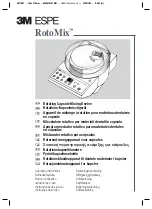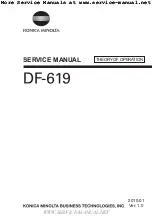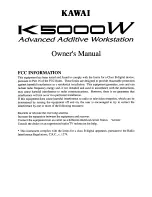
WS100/12 Product Manual
Regulator Wiring
BlaCK (gRounD) wiRe —
The WS100/12 Ground Wire provides a connection between the voltage
regulator and system ground. Possible connection locations for the
BLACK Ground Wire include:
1. The ground post of the alternator (recommended).
2. The ground post of the battery being charged.
BRown (ignition) wiRe —
The WS100/12 Ignition Wire provides a switched source of DC system
voltage which acts as the ON/OFF switch for the voltage regulator.
Possible connection locations for the BROWN Ignition Wire include:
1. The ON side of the vessel’s ignition switch. In most cases, a switched
source of ignition voltage will already be established at your engine’s
alternator. Refer to your engine manual to identify your alternator’s
ignition wire. The wire should provide zero volts when the ignition
is off and the engine is not running, and system voltage whenthe
ignition switch is on and the engine is running (recommended).
2. The ON side of an oil pressure switch.
Blue (FielD) wiRe —
The BLUE field wire in the regulator’s wiring harness provides field current
to the alternator’s positive brush, which enables the regulator to control
excitation and alternator output. The BLUE field wire is connected to the
field terminal of an externally regulated P-type alternator.
If your alternator is not designed for external voltage regulation (i.e., an
internally-regulated alternator) it will be necessary to modify the alternator
to provide access to the alternator’s positive brush.
In some cases, this will require that the alternator must be opened up
to disable the internal regulator and diode trio, and a direct pathway be
created between the positive brush and a terminal on the outside of the
alternator that’s isolated from the alternator’s grounded frame. This can
be a difficult process.
We strongly recommend using a qualified alternator shop for any alternator
modifications, including conversion to external regulation.
Page 3






























